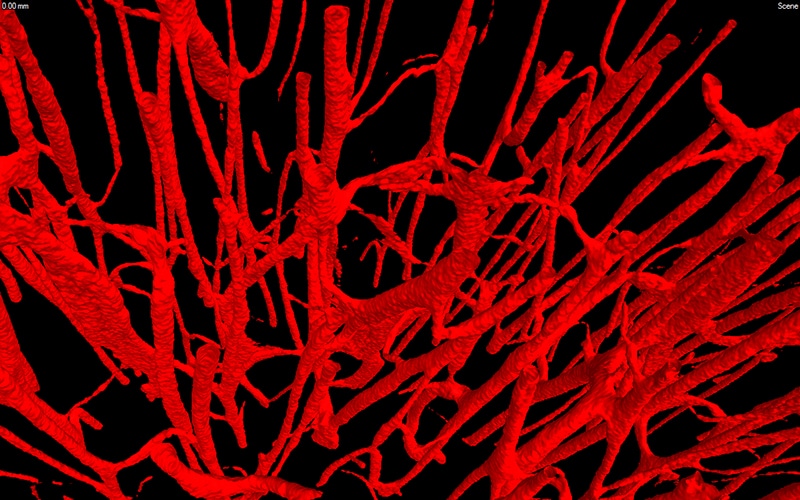ANN ARBOR – A promising new approach to musculoskeletal disease that focuses on the interactions between body systems like bone and muscle is a top priority at the newly established Michigan Integrative Musculoskeletal Health Core Center.
Led by Karl Jepsen, the Henry Ruppenthal Family Professor for Orthopaedic Surgery and Bioengineering and a biomedical engineering professor at the University of Michigan, the center is spearheading a research model that looks at bone, muscle and connective tissue as a single system instead of individual components. It’s funded by a $3.9 million grant from the National Institutes of Health and brings together 60 faculty members from seven schools across the University of Michigan to accelerate new cross-disciplinary research between engineers, doctors and others throughout the university.
Jepsen believes that their efforts could help doctors take action early, enabling more patients to avoid musculoskeletal disease rather than waiting until after disease and injury risk develop. It could also help people avoid maladies like bone fractures and stay more active, improving overall quality of life.
U-M schools involved with center include the School of Medicine, School of Dentistry, Michigan Engineering, School of Kinesiology, Life Sciences Institute, School of Public Health and College of Literature, Science and the Arts.
Jepsen says the new center will provide researchers with access to equipment and other resources, as well as opportunities to collaborate as they study the interactions among the body’s systems. They aim to develop treatments that help patients maintain bone, muscle, tendon, ligament and cartilage health over a lifetime rather than reacting to individual health problems as they occur.
“The field is moving toward a more integrative approach, and we have a diverse group of people at U-M who are doing the world’s best bone and muscle research. Our work with osteoporosis is just one example” Jepsen said. “Our goal is to make sure those departments are talking to each other so that collectively, we can make the maximum impact in these areas.”
The center will help enable interdisciplinary studies across U-M. In Jepsen’s own work with collaborators at the School of Public Health, the team is scouring a database with anonymized medical records dating back decades for thousands of women. Researchers are looking at patients’ entire musculoskeletal systems to identify red flags that lead to osteoarthritis and osteoporosis and bone fractures later in life.
“Ideally, we want to move the diagnostic process for diseases like osteoporosis into people’s 40s, instead of waiting until they’re in their 60s and have already lost much of their muscle mass,” Jepsen said. “We want to change the focus from a reactive to a proactive approach, helping people maintain their bone-muscle system so that it’s prepared to age well.”
Other examples of cross-disciplinary work at the center include research into new three-dimensional imaging techniques for cartilage that could lead to more effective arthritis treatments. Today, cartilage imaging is mostly limited to two-dimensional visual slices; Jepsen believes that improved techniques could help doctors get a better look at how arthritis affects the body.
“Cartilage is mostly water, so it’s very difficult to get good imaging,” Jepsen said. “Three-dimensional imaging would give us a much better picture of how arthritis progresses in a patient; how big the damage is, how deep it is and how it changes the overall bone surface.”
The center will focus on three main goals:
- Enabling center investigators to conduct vertically-oriented science from the molecular level to the organ/functional level
- Creating new opportunities for collaboration, training and mentorship
- Promoting opportunities for novel and emerging science by focusing on research between basic scientists and clinicians, studies on sex-specific differences and interactions among tissues
Three main research cores within the center will focus on histological assessment, structural and compositional assessment and functional assessment. The cores move from molecular mechanisms through functional outcomes.
“This is an exciting time for those of us in musculoskeletal research,” Jepsen says. “Greater interactions between basic scientists and clinicians are important to the future of medicine and the care we will be able to provide to patients in the years to come.”
Source:
- By: Gabe Cherry, Michigan Engineering
- Original Publication: http://www.engin.umich.edu/college/about/news/stories/2016/october/u-m-research-center-spurs-new-approach-to-musculoskeletal-health
